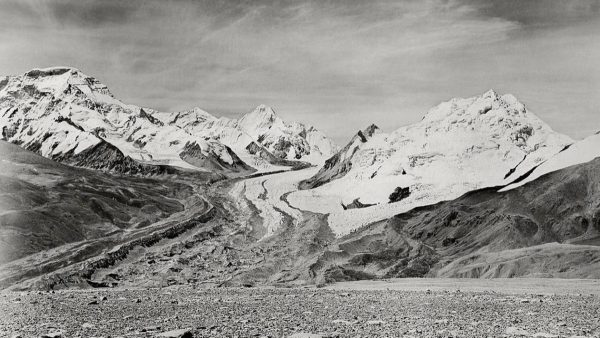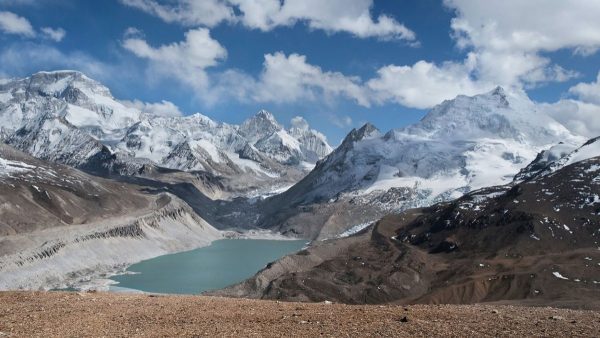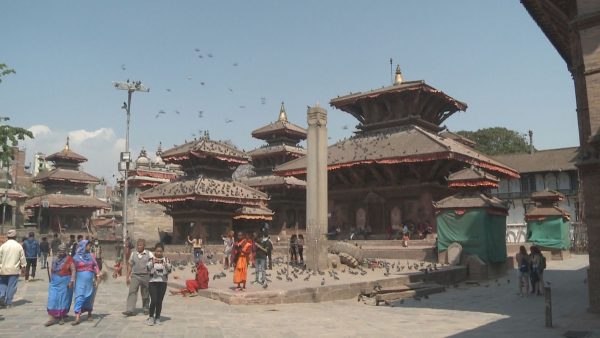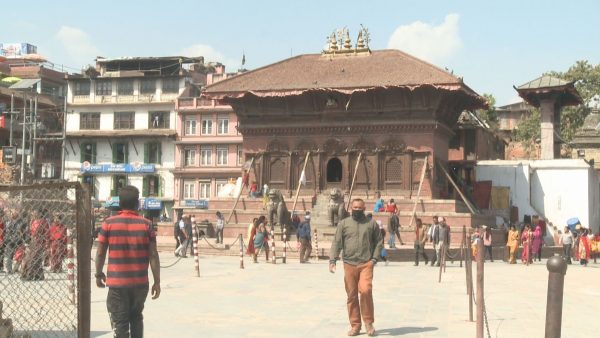Glaciers and ice sheets throughout the world are retreating due to rising emissions and an increase in debris, researchers have found.
They say the Himalayan glaciers have receded by about 13 percent in the last four decades.
The alarming glacier problem is just one example raised at the Himalayan Consensus Summit held from March 23 to 24 in the Nepalese capital Kathmandu, where more than 70 participants exchanged views on sustainable development in South Asia.


Activists from international organizations, regional think tanks and the business sector agreed that what happens in the Himalayas will affect both the region and the world. And it’s not only water resources as food production and energy may also be affected. Therefore, adaptations and solutions are needed to preserve the natural resources and heritage for the sustainable development of South Asia.

Changes are taking place in Nepal. Community-based adaptations have been scaled up through the integrated management of the agricultural, water, forestry and biodiversity sectors. And in the process of reconstruction after the 2015 earthquake, energy-saving and heritage-preserving ideas were incorporated into the rebuilding of places such as the iconic Durban Square.

At Kathmandu’s famous Patan Square area, people now are building their houses in the manner of hundreds of years ago. Sujeev Shakya, secretary general of the Himalayan Consensus Institute believes that when people begin to benefit from conservation efforts they would be able to begin to recycle water and trash, and in that sense, conservation and preservation can still have good economic outcomes.
Participants at the summit said that if people have in mind the larger good of mankind, there will be individual and common solutions to combine development and environmental protection in the Himalayan region.


